Lisburn: A Day Trip Through Ireland's Industrial and Political History
Join me as I recount my day trip from Belfast to Lisburn, (Northern) Ireland, where I explored the remnants of Hilden Mill, visited the Irish Linen Museum, and attempted to connect with the historical significance of the H Blocks. Despite some disappointments, this journey offered a unique glimpse into Ireland's rich yet complex past.
Setting Off from Belfast
My journey began early in the morning as I set off from Belfast. The train ride to Lisburn was short, only about five miles, yet it felt like an adventure waiting to unfold.
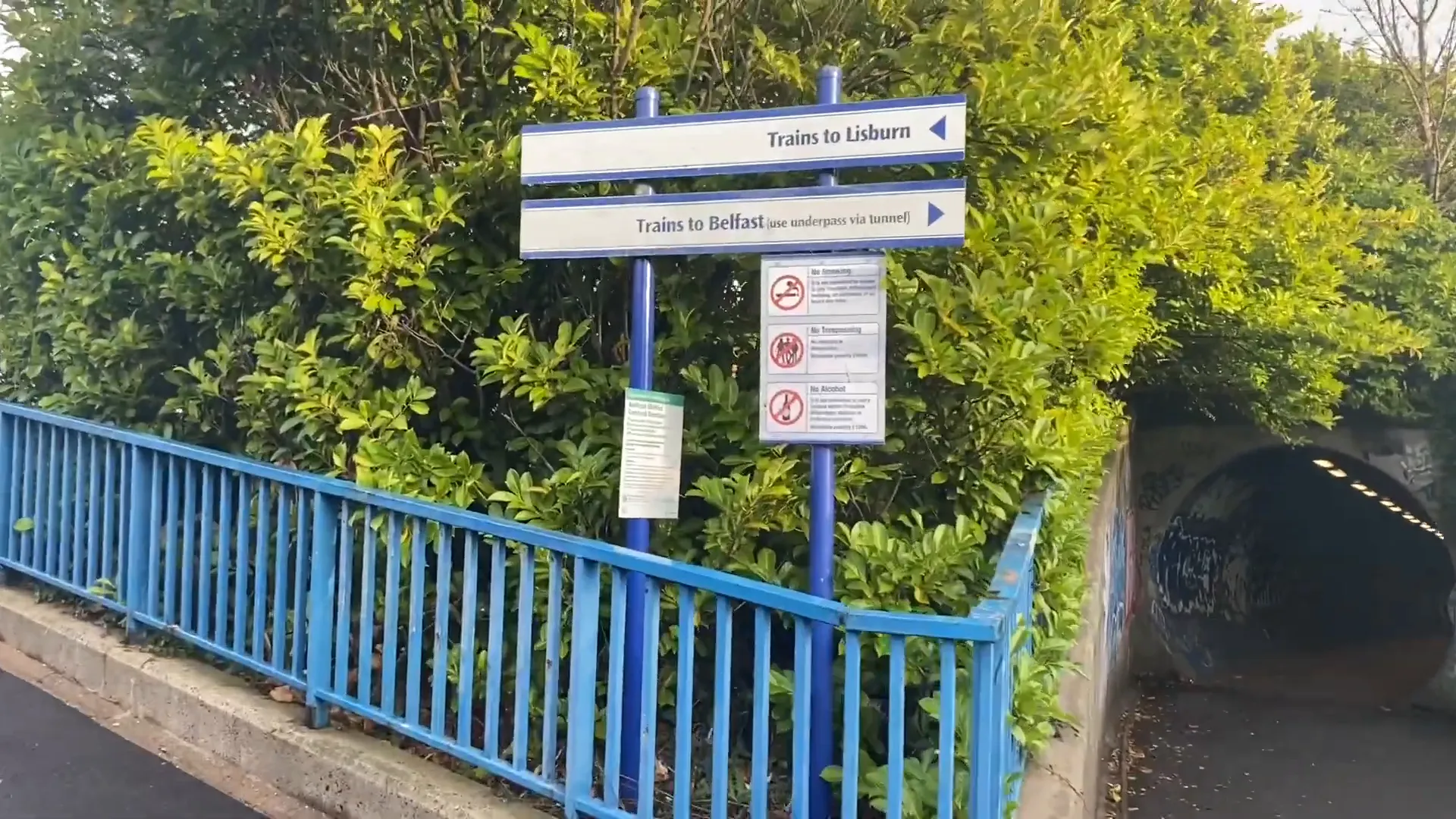
As I boarded the train, I felt a mix of hope and nerves. After a couple of previous day trips that had not gone as planned, I was determined to make this one a success. The thought of exploring Hilden Mill and the historic streets of Lisburn motivated me to ensure that everything would go smoothly.
Arrival at Hilden
Upon arriving at the Hilden train stop, located on the outskirts of Lisburn, I was greeted by the quaint charm of the area. My anticipation grew as I stepped off the train and began my walk toward Hilden Mill.
It was a pleasant but chilly day, and the surroundings were filled with the sounds of nature. I took a moment to appreciate the tranquility before making my way over to the historic textile mill.
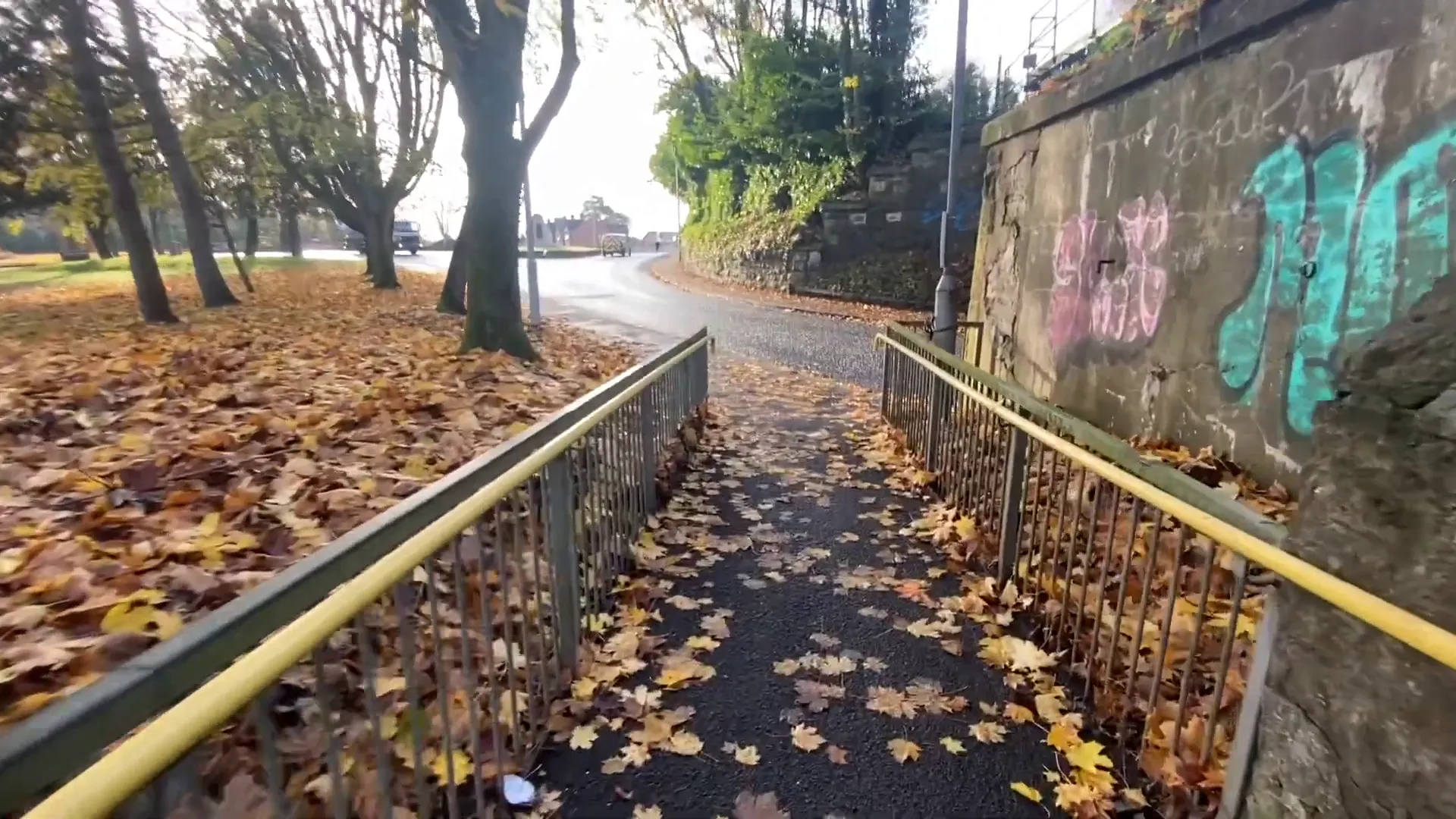
First Impressions of Hilden Mill
As I approached Hilden Mill, my excitement turned to disappointment. The mill stood in a state of disrepair, its historical facade marred by neglect. Above the entrance, the year 1867 was etched, a stark reminder of its storied past. I felt a mix of admiration for its age and sorrow for its current condition.
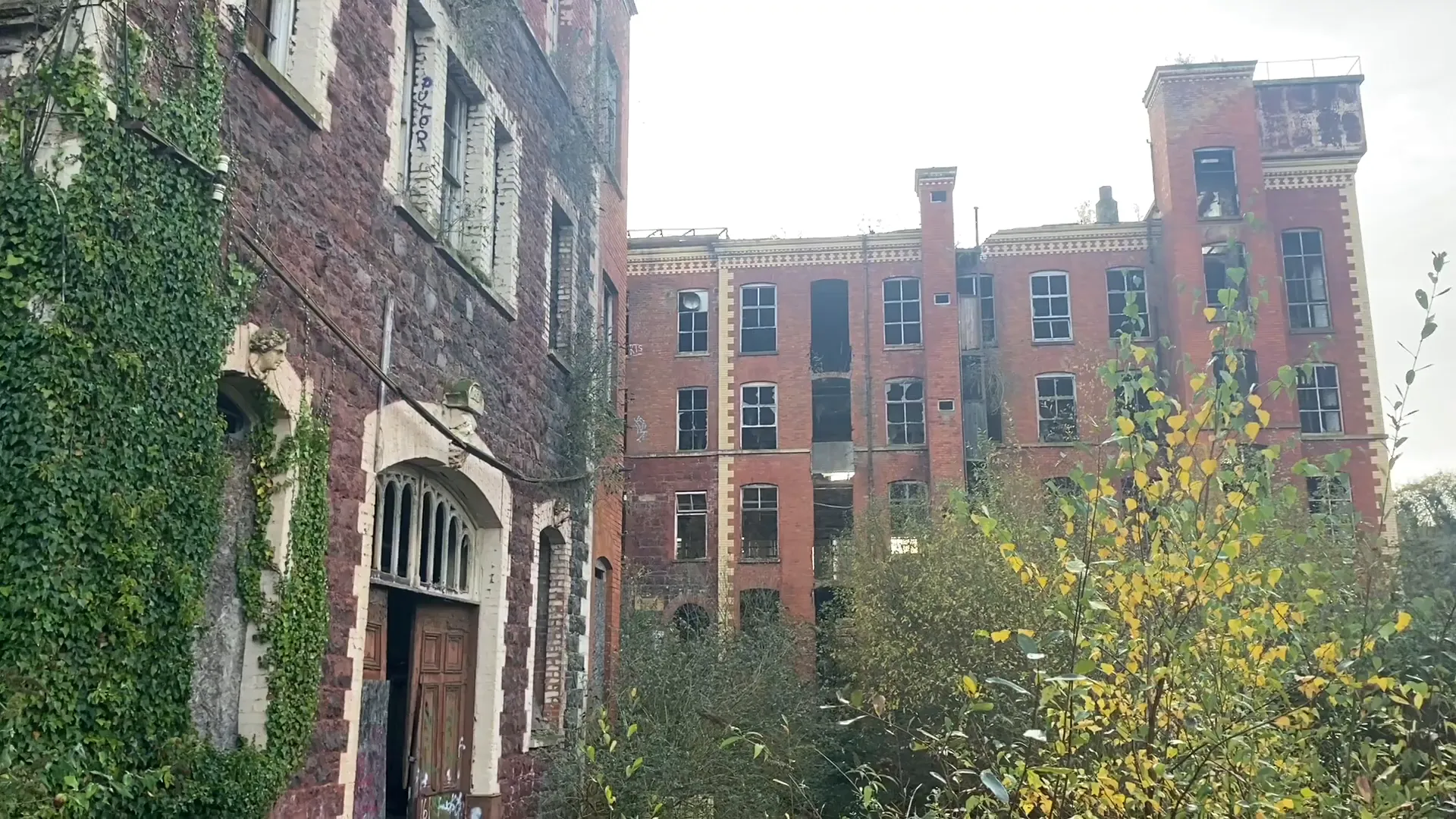
Despite the dilapidated state, I was captivated by the structure. My fondness for old textile mills stems from my previous experiences in Southeastern Massachusetts (the New Bedford and Fall River areas), where many such mills have been transformed into modern living spaces and storage facilities -- preserving their exterior charm. Here, however, the mill seemed to be fading into obscurity.
An Appreciation for Old Textile Mills
My love for old buildings, particularly textile mills, was evident as I wandered around the site. These structures tell stories of the past, of the countless workers who toiled within their walls. Each brick and beam seems to whisper tales of hard work and resilience.
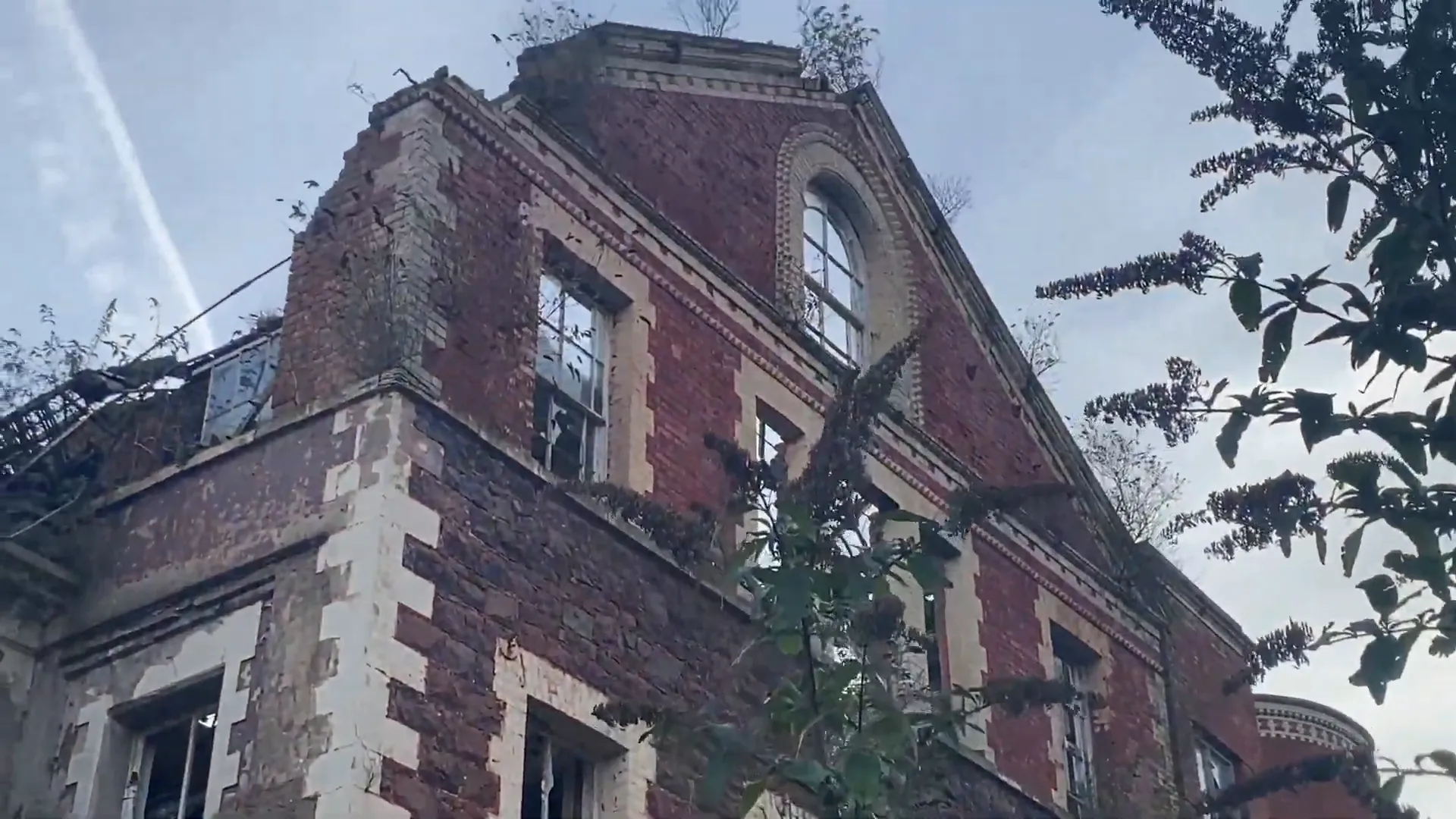
Hilden Mill was no exception. It represented an important chapter in the history of the textile industry, particularly in Ireland. The mill played a role in the Industrial Revolution, contributing to the growth of the linen industry that Ireland is known for today. I paused to reflect on the lives that had intersected with this place, feeling a deep appreciation for its historical significance.
Encounters at Hilden Mill
While exploring the area, I encountered a local gentleman who was intrigued by my interest in the mill. He shared some insights about its history and the unfortunate fires that have caused damage to the mill's structure over the years.
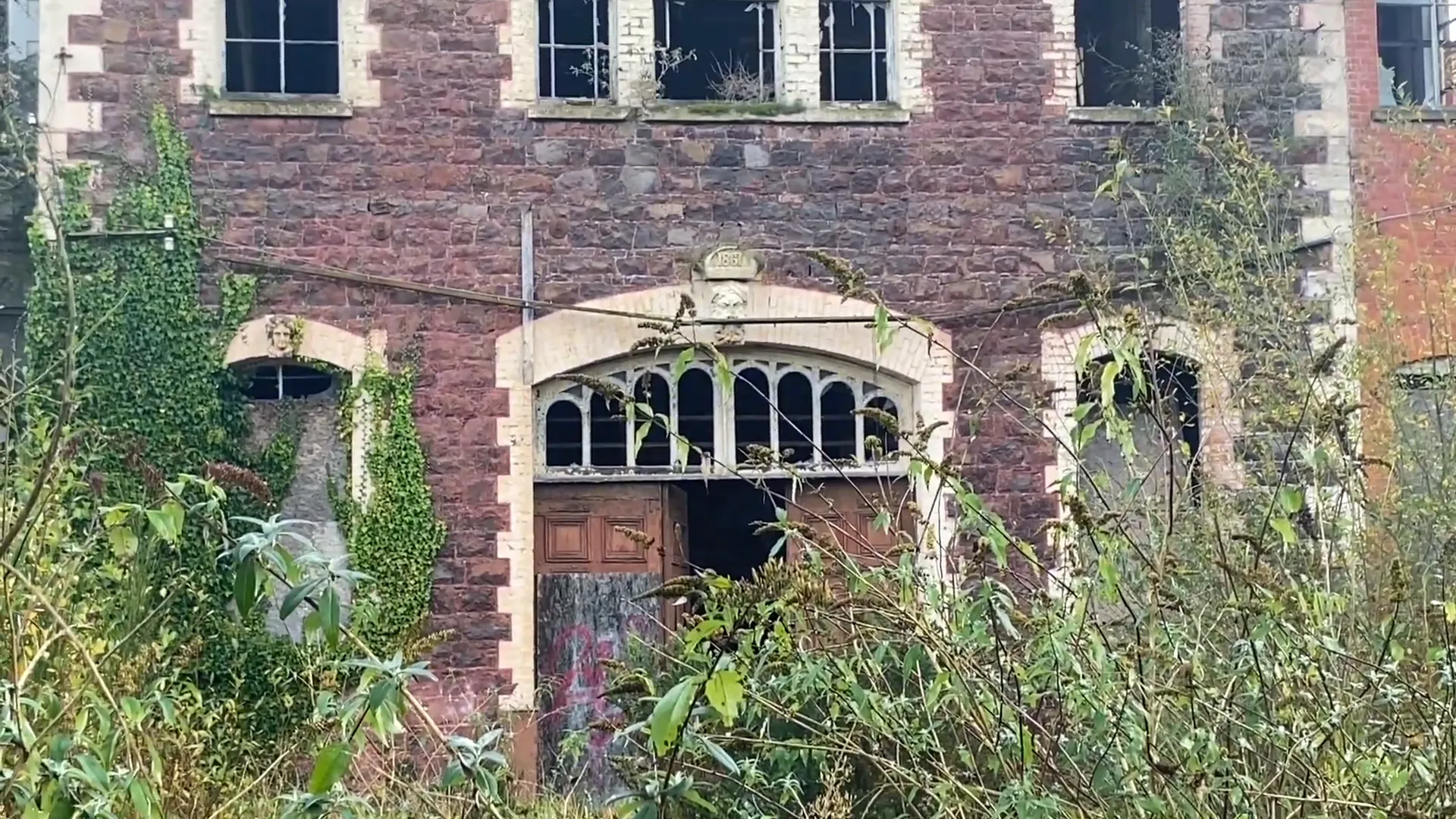
The gentleman mentioned that there was speculation that the owner may have intentionally let the mill reach its current charred state -- a sad and shocking revelation. This story echoed the tales I had heard regarding historic buildings in Bulgaria that had become victims of neglect and mismanagement. It was a sad reminder of how easily history can be lost.
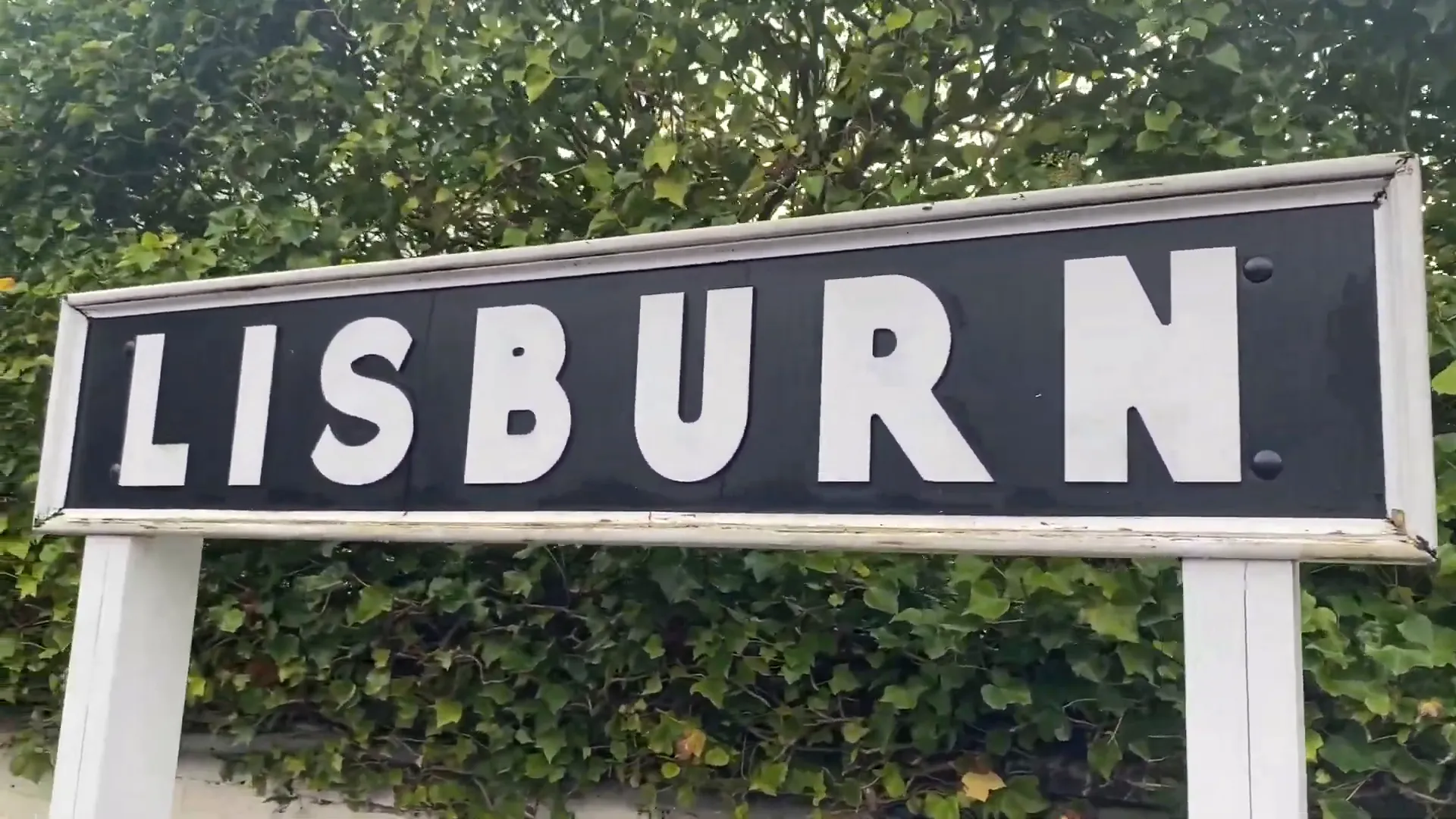
Exploring Lisburn: A Quick Snack
After I visited Hilden Mill, I made my way into Lisburn "proper," feeling a bit hungry after all the walking. I stopped at the local "Greggs," and treated myself to a few sausage rolls. They were warm and satisfying, the perfect fuel for my explorations ahead.

Lisburn might not be the typical tourist destination, but it has its own charm. I enjoyed the mix of old and new architecture as I wandered the streets, appreciating the quieter side of Irish life. I was ready to dive into the next part of my adventure.
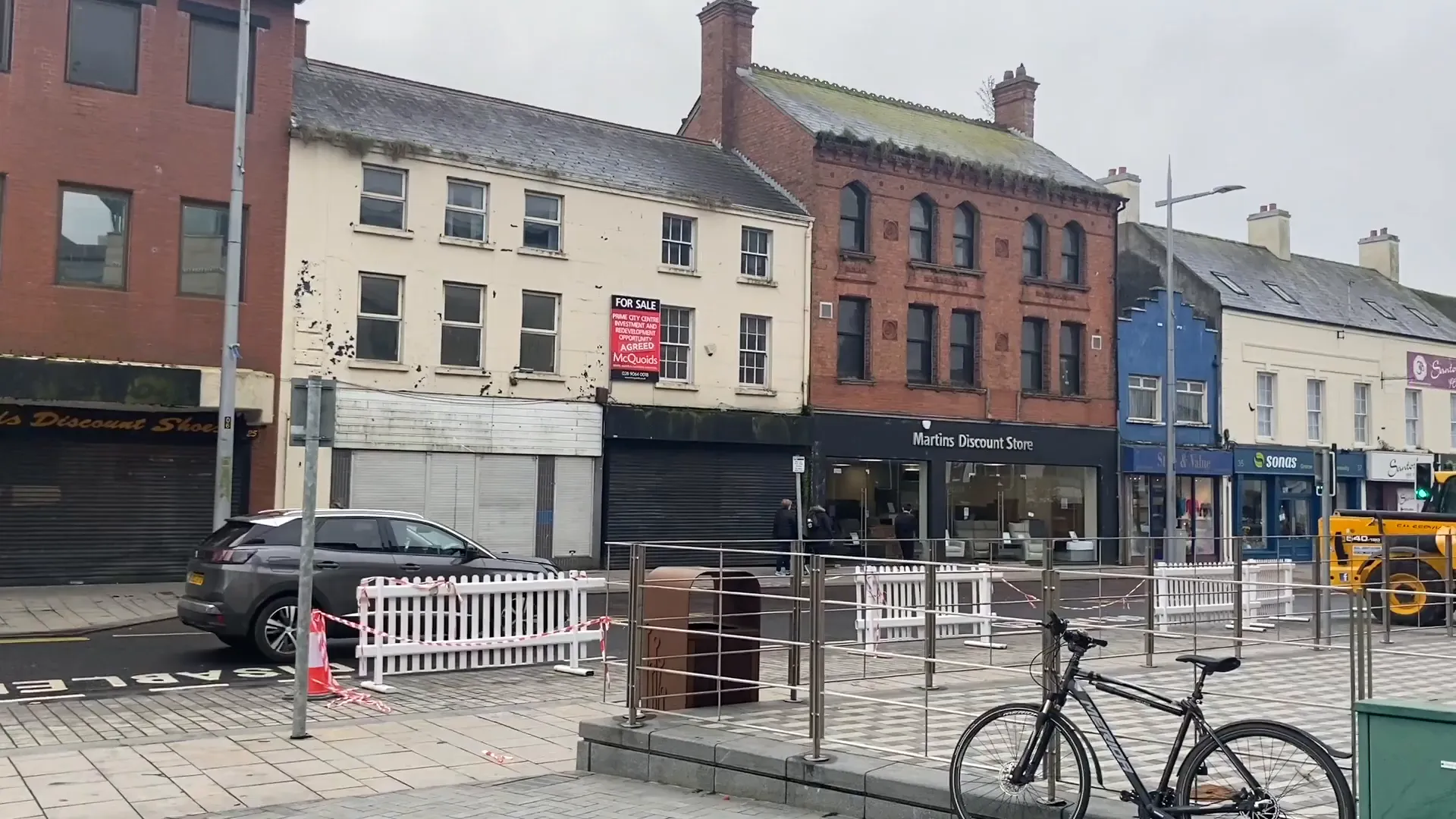
Visiting the Lisburn and Irish Linen Museum
After my Greggs breakfast, I made my way to the Irish Linen Museum, intrigued by its promise of showcasing the significance of linen in Ireland's industrial history.
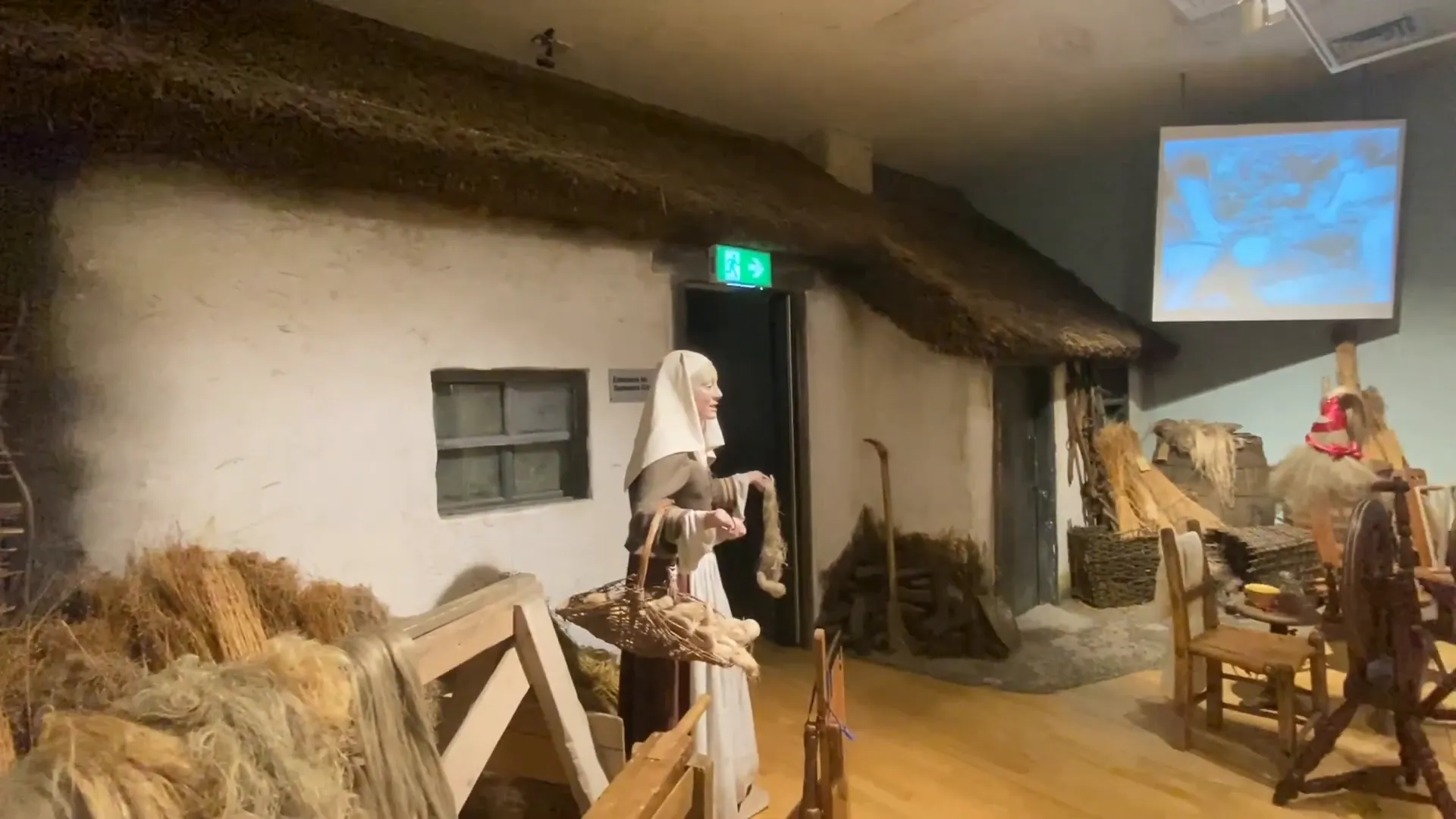
The museum's displays were informative, highlighting the intricate process of flax cultivation and the weaving techniques that had made Ireland a leader in the linen industry.
Disappointment at the Museum
My enthusiasm quickly waned. I was irked by the glaring absence of Irish language materials. The museum offered guides in numerous languages, yet somehow Irish was omitted. I couldn't help but feel that this was a political statement of sorts. I approached an employee to express my concern, and he brushed it off, claiming it was simply an "oversight."
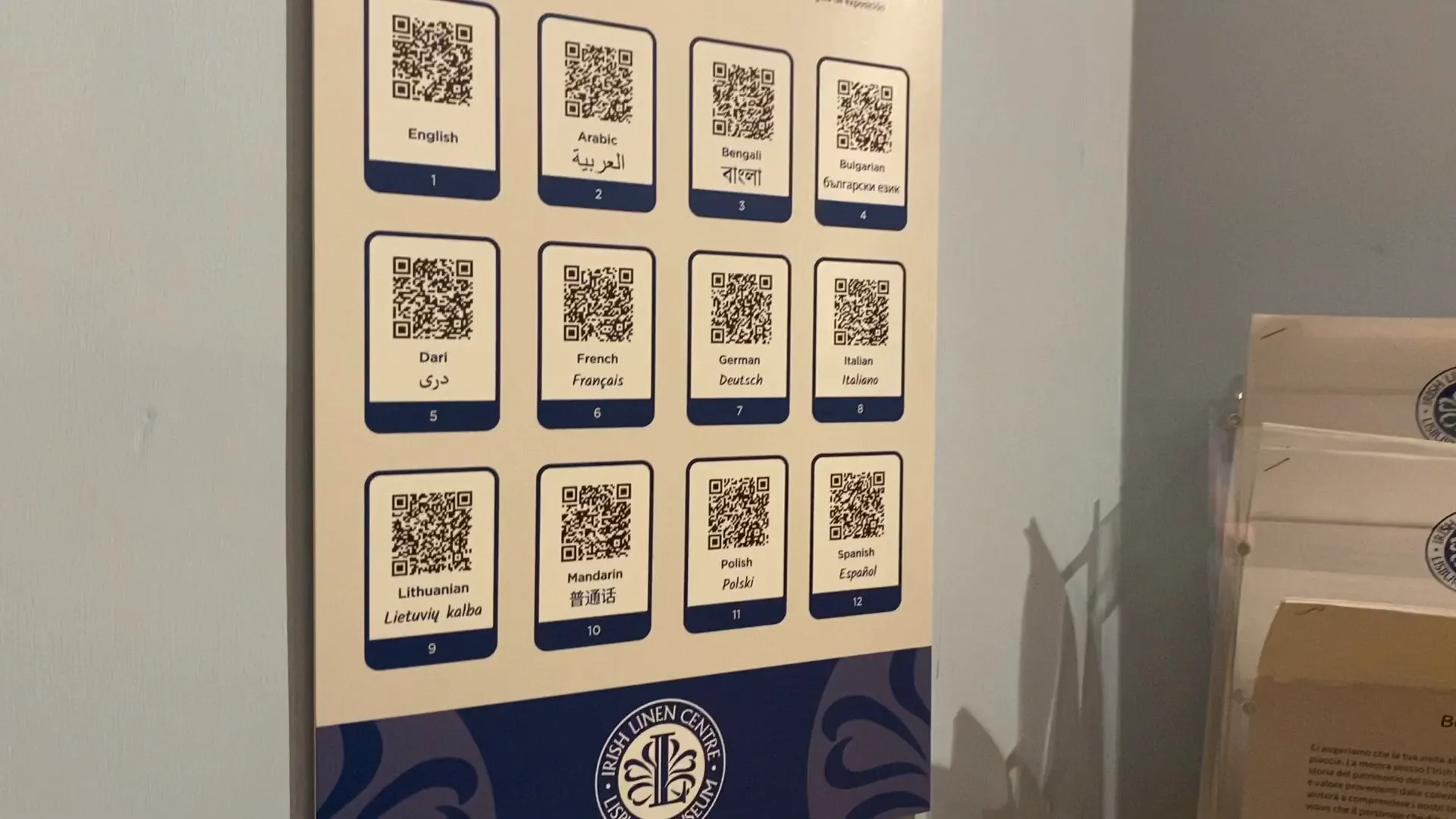
Understanding the Irish Language Absence
This interaction left me fuming. The employee's response was dismissive, especially when I pointed out that if they had guides in Arabic, Bulgarian, and Lithuanian, it wouldn't be unreasonable for them to have Irish as well. The Irish language has a fraught history, long suppressed under British rule, and its absence in such a museum felt like a denial of that heritage.
During the conflict in Northern Ireland, the Irish language became a symbol of resistance, especially among Irish Republican prisoners who used it to assert their identity. The lack of representation in the museum seemed to reflect Lisburn's historical context as a unionist stronghold, which added to my disappointment.
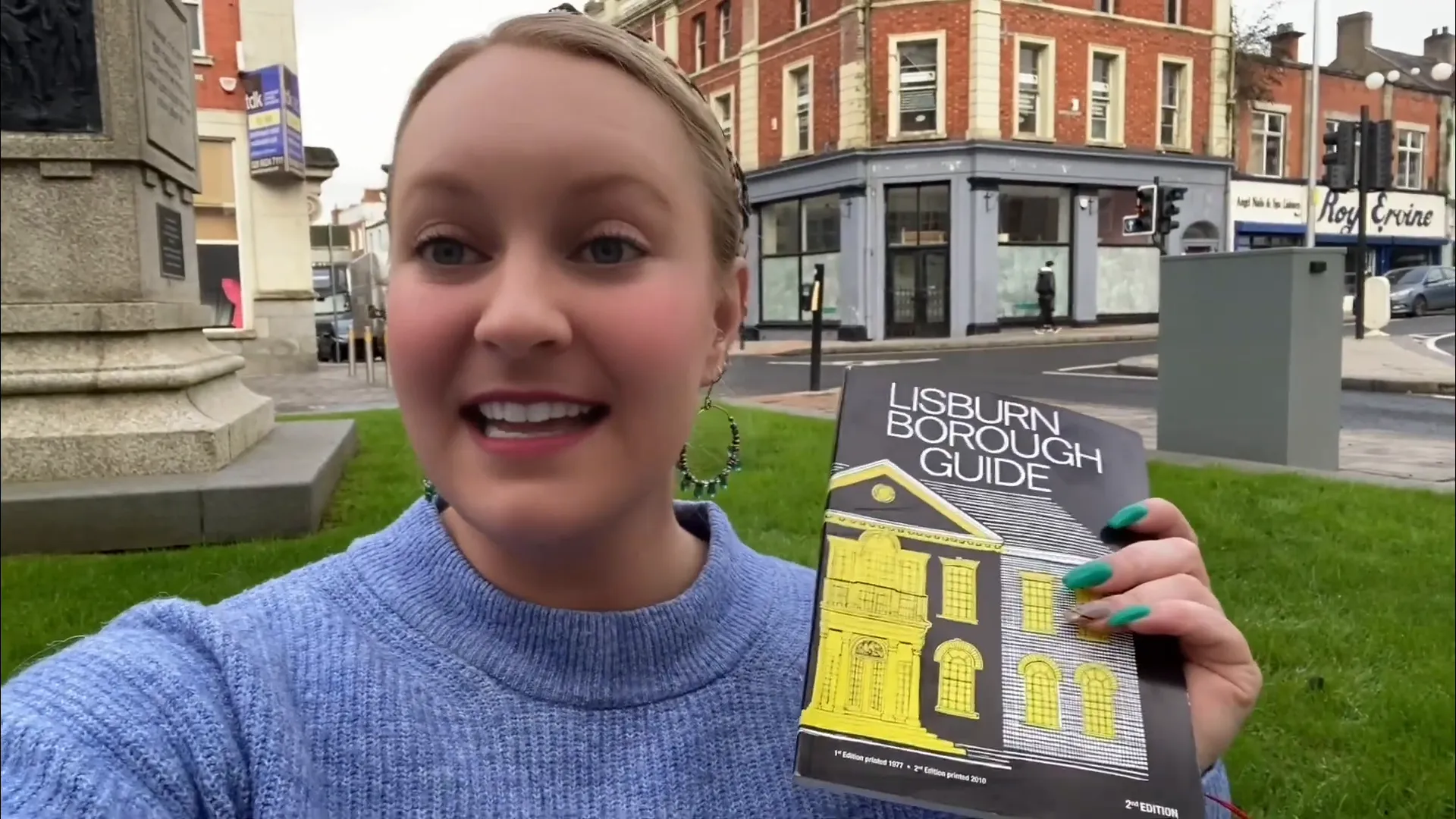
On a more positive note, I received a free "Lisburn Borough Guide" that was originally printed in the 1970s -- hooray for vintage charm!
The Journey to the H Blocks
After leaving the museum and checking out some nearby unionist memorials, I prepared for my next destination: the H Blocks.
Upon arriving, I was met by a gentleman who quickly inquired about my intentions. His tone suggested that my presence was unwelcome. I asked if it was possible to walk around the property, but he firmly denied my request, leaving me feeling disheartened.
Reflections on the H Blocks' History
Even though I couldn't enter the premises, I felt the weight of history surrounding the H Blocks -- even as I walked alongside the gates of the property. This site was infamous for the brutal treatment of Irish republican prisoners during the Northern Ireland conflict. The stories of the hunger strikes and protests echoed in my mind as I walked and tried to take in where I was -- even if the view was limited.
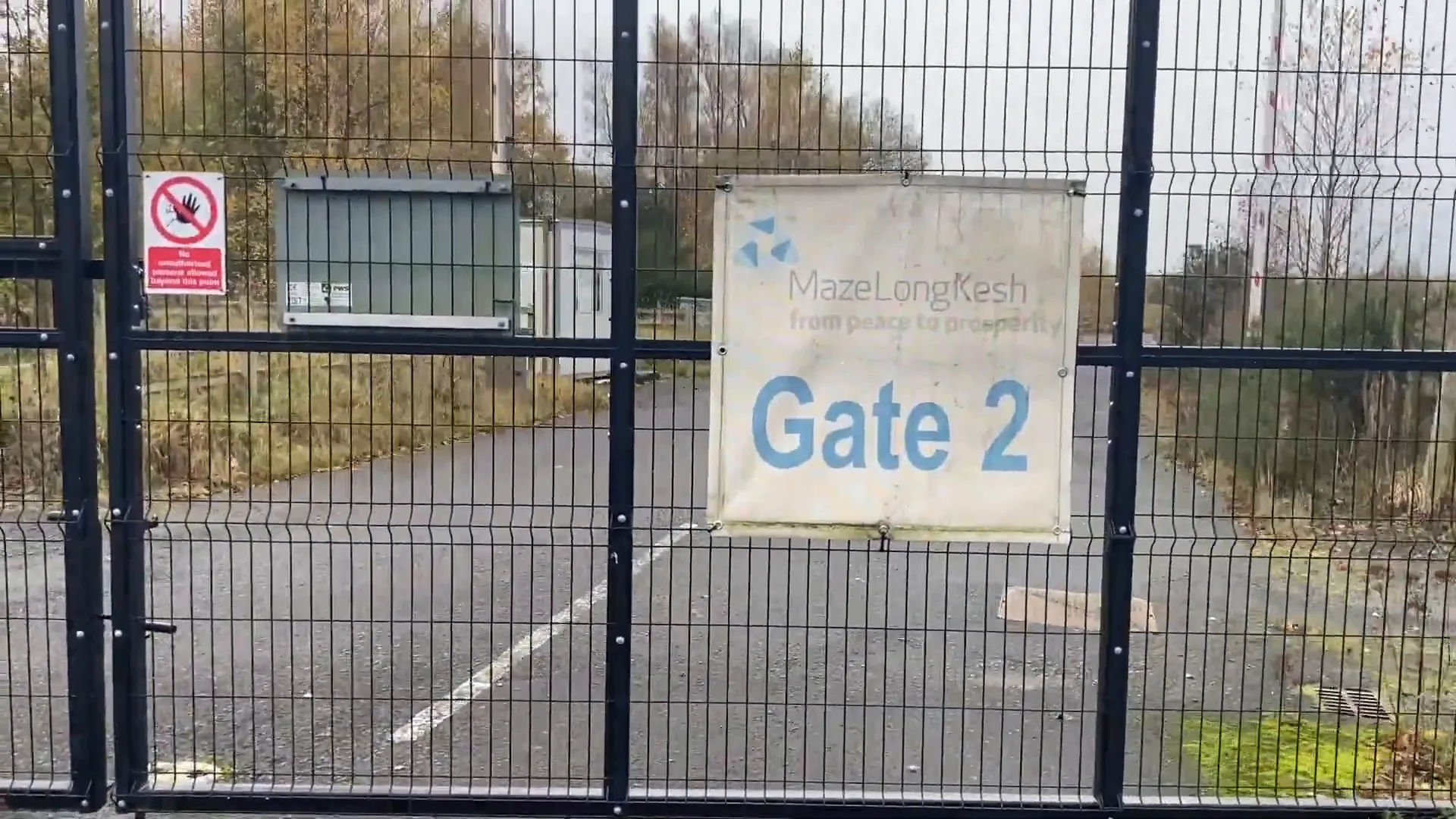
The H Blocks were notorious for the "no-wash" protests, where Irish republican prisoners took extreme measures to resist British prison policies. This included smearing excrement on walls and refusing to bathe. These acts were a desperate attempt to assert their dignity in the face of harsh conditions.
Concluding Thoughts on Lisburn
As I concluded my day in Lisburn, I felt a mix of emotions. The journey had been a blend of hope and disappointment. I had set out to explore the rich history of the area, yet encountered obstacles that challenged my expectations.
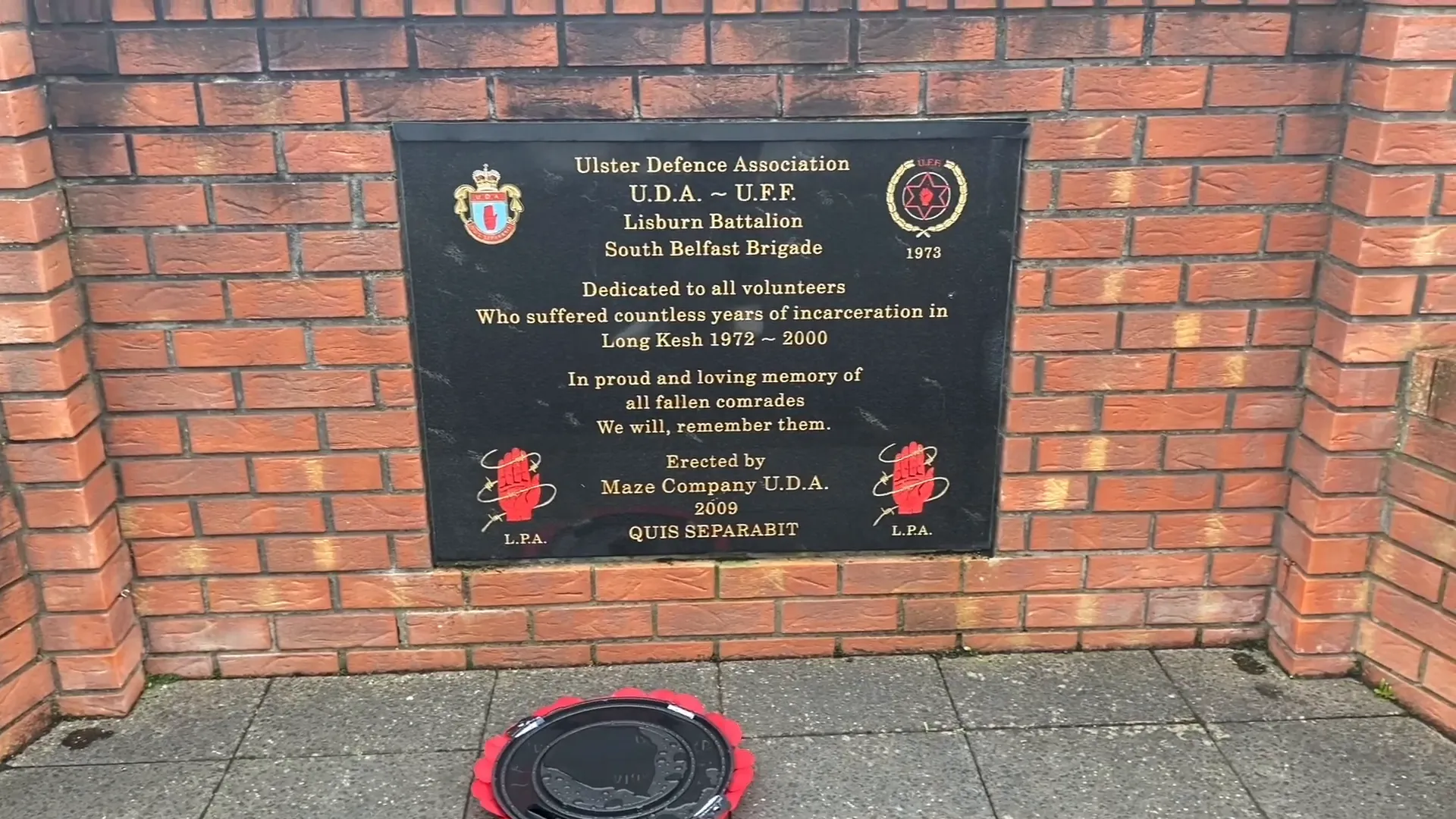
Lisburn may not be a conventional tourist destination, but it offered valuable insights into Ireland's industrial and political past. Despite the disappointments, I appreciated the stories I encountered and the conversations I had. My hope to someday witness what remains of the H Blocks persists. For now, however, I am grateful for getting as close to the property as I did.
